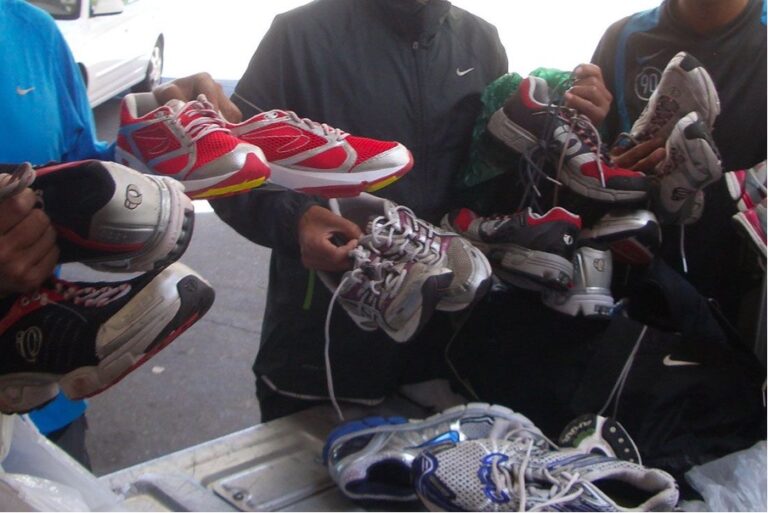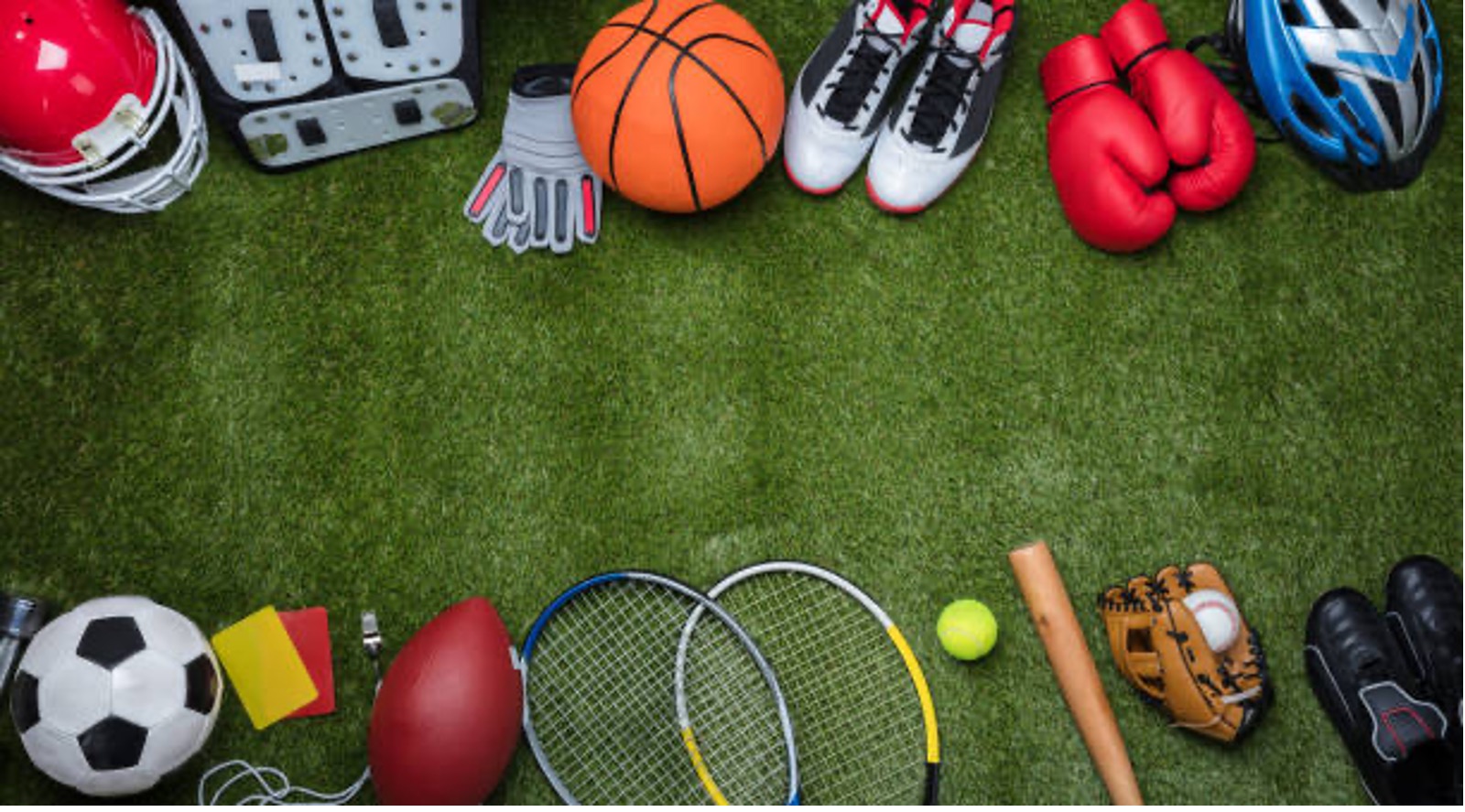Introduction:
In the world of sports, having the right equipment can make all the difference in performance. However, sports gear can sometimes come with a hefty price tag. But what if there was a way to acquire high-quality sports equipment without breaking the bank? Enter the world of bartering, a time-honoured practice that allows you to exchange goods or services without using money.
In this blog, we’ll explore the exciting realm of bartering sports equipment, showcasing some of the gear you can swap to elevate your game without spending a dime.
1. Balls for Bats:

One of the most common and straightforward trades in the sports equipment barter market involves swapping balls for bats. Whether it’s baseballs, softballs, or even tennis balls, these can be exchanged for baseball or softball bats.
This is a great way to keep your batting practice going without the need to invest in a new bat each time.
2. Footwear Exchange:
Cleats, running shoes, and other athletic footwear are crucial for optimal performance in various sports.

3. Racquet Rendezvous:
Tennis, badminton, and squash players can engage in swapping racquets.
If you’re looking to upgrade your tennis racquet or try a different brand, consider offering your current racquet in exchange.
This way, players get a chance to experiment with different models without the financial commitment.

4. Fitness Equipment Trade-Up:
Gym equipment, such as dumbbells, resistance bands, and yoga mats, can be traded for other pieces of fitness gear.
This is especially beneficial for those who have changed their workout routine and need different equipment.
It’s a win-win situation where both parties get the tools they need for a successful workout.

3. Hang Drying vs. Clothes Dryer:
Boating enthusiasts cherish the magical moments that happen on the water. They can participate in a gear swap to get new goggles, swim caps, or even kayak. This is particularly useful for competitive enthusiasts who may need specialized equipment for different events.
Bartering helps them stay on top of their game without draining their budget.
Conclusion:
Engaging in sports equipment bartering is not only a cost-effective way to acquire new gear but also a fantastic way to build connections within the sports community.
By swapping items with fellow athletes, you not only save money but also contribute to the sustainability of sports equipment.
